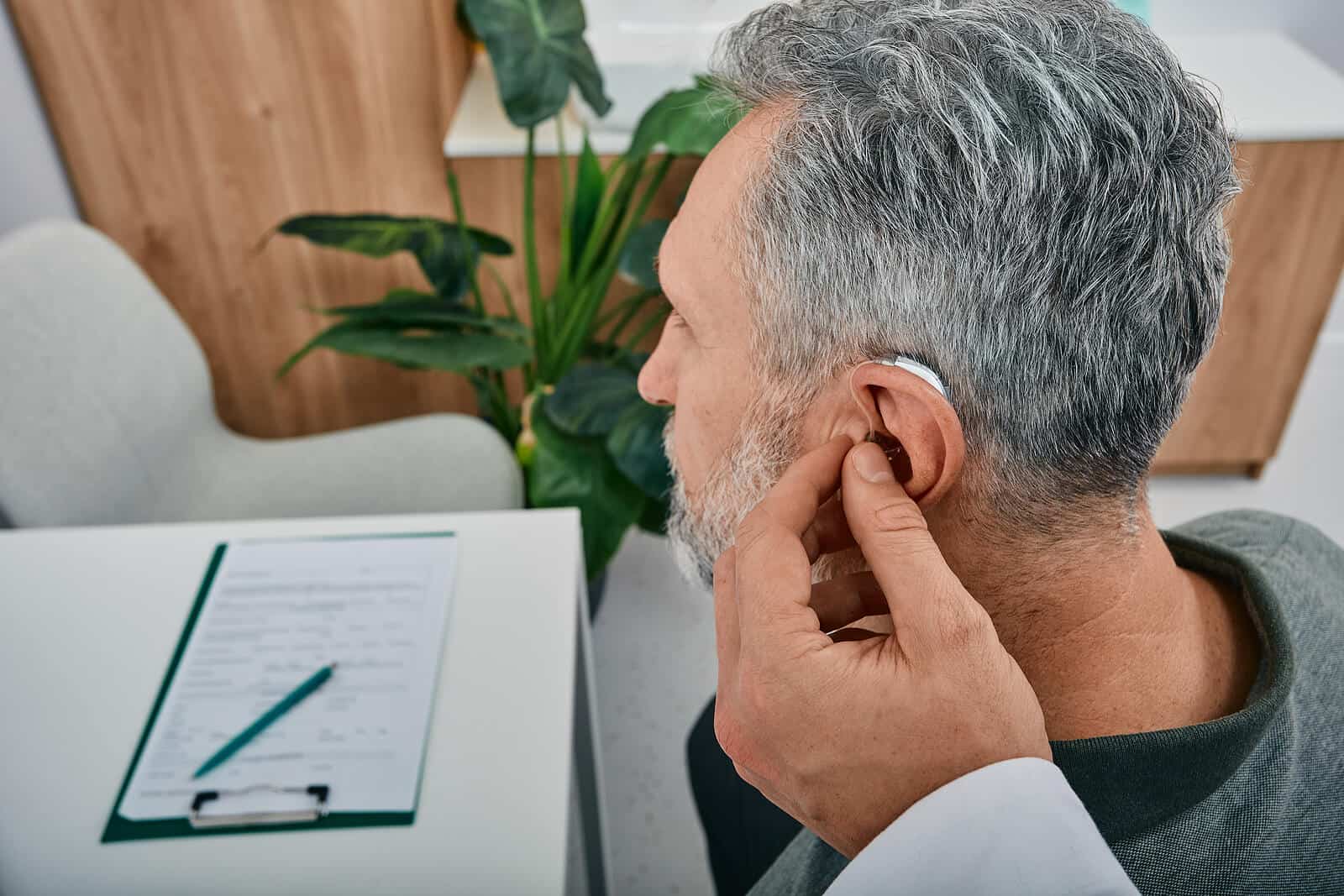
Embarking on the journey to better hearing often begins with a hearing aid fitting, a pivotal step in addressing hearing loss and improving quality of life. If you’re considering hearing aids or have recently been diagnosed with hearing loss, understanding what to expect during a fitting can help alleviate any apprehension and ensure a smooth transition to wearing hearing aids.
Comprehensive Evaluation
Before the fitting begins, your provider will conduct a comprehensive evaluation of your hearing health. This may include a review of your medical history, discussion of your hearing concerns and lifestyle needs, and a thorough examination of your ears and auditory system. Your provider will also perform a series of hearing tests to assess your hearing sensitivity, speech understanding, and overall auditory function. This information helps guide the selection of the most appropriate hearing aids and customization of settings to meet your individual needs.
Selection of Hearing Aids
Based on the results of your evaluation and discussions with your provider, you’ll work together to select the most suitable hearing aids for your hearing loss, lifestyle, and preferences. Modern hearing aids come in a variety of styles, sizes, and technology levels, each offering unique features and benefits. Your provider will consider factors such as your degree of hearing loss, cosmetic preferences, dexterity, and budget when recommending hearing aid options. During the selection process, you’ll have the opportunity to try on different hearing aid models and provide feedback to ensure a comfortable fit and optimal performance.
Customization and Programming
Once you’ve chosen your hearing aids, your provider will customize and program them to your specific hearing needs. This involves adjusting various settings such as volume, frequency response, and sound processing features to optimize speech clarity and comfort. Your provider may use real-ear measurement techniques to fine-tune the settings and verify that the hearing aids are providing the appropriate amplification for your individual hearing loss. Customization ensures that your hearing aids are tailored to your unique auditory profile and provide maximum benefit in different listening environments.
Instruction and Training
During the fitting appointment, your provider will provide thorough instructions on how to use and care for your new hearing aids. This includes guidance on inserting and removing the devices, changing batteries or charging them, cleaning and maintenance procedures, and troubleshooting common issues. Your provider will also review proper wearing schedules and gradually introduce you to wearing hearing aids in different listening situations. Additionally, you’ll receive education on realistic expectations for hearing aid use and strategies for maximizing communication and adapting to hearing aids in everyday life.
Following the initial fitting, you’ll schedule follow-up appointments with your provider to monitor your progress and make any necessary adjustments to your hearing aids. These appointments allow your provider to fine-tune settings, address any concerns or challenges you may be experiencing, and ensure that you’re adapting well to wearing hearing aids. Your provider will also provide ongoing support and guidance to help you overcome any obstacles and maximize the benefits of your hearing aids for long-term success.
Continued Monitoring and Maintenance
After the fitting process is complete, it’s essential to maintain regular communication with your provider and attend scheduled check-ups to monitor your hearing health and the performance of your hearing aids. Your provider can conduct periodic evaluations to assess your hearing status, review your satisfaction with the devices, and make any necessary adjustments or recommendations for improvements. By staying proactive and engaged in your hearing healthcare journey, you can enjoy the full benefits of your hearing aids and maintain optimal auditory function for years to come.
